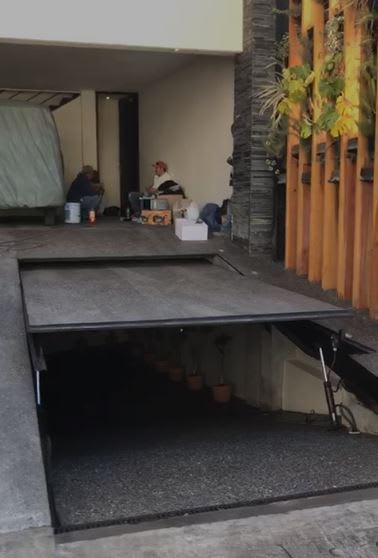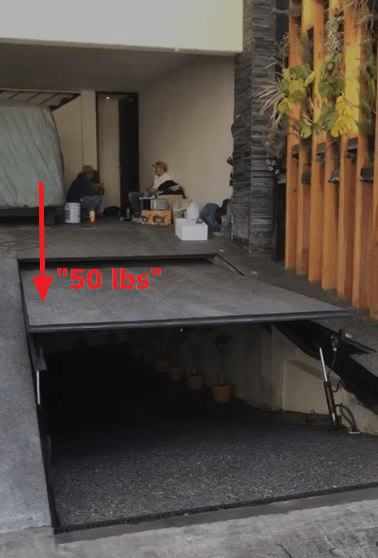Andres9292
Mechanical
- Jun 30, 2020
- 12
I have 2 hydraulic cylinders that work in parallel to lift a steel ramp. We are replacing some old hoses that are damaged and are hard to reach. The current hoses have a tee that divides the flow right at the middle and then two hoses that have the same length go to each cylinder. But the possition where the tee is right now is probably the cause of why it got damaged. We are planning on replaciong the hoses with a short one (0.5m) and a long one (4.5 m) that will go to each piston to reposition the tee. Some quick calculations give me that the cylinder with the longer hose would have a 16 psi greater pressure loss compared to the other cylinder. Will this affect the system or is the pressure difference negligible and will work fine?


